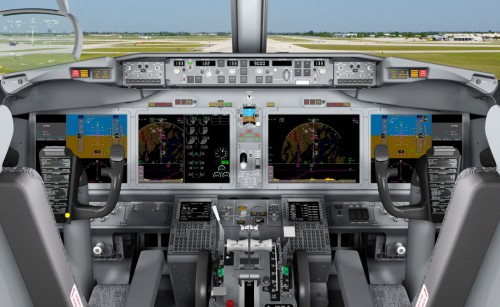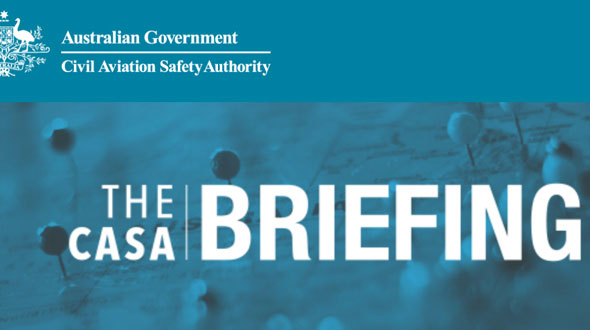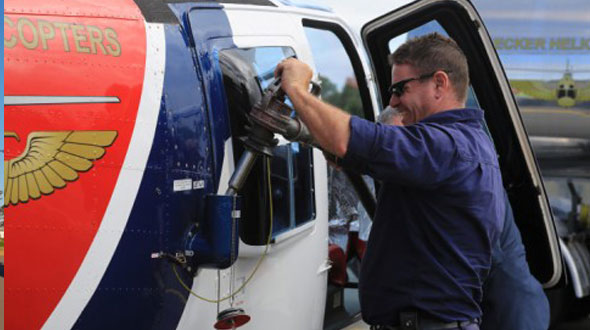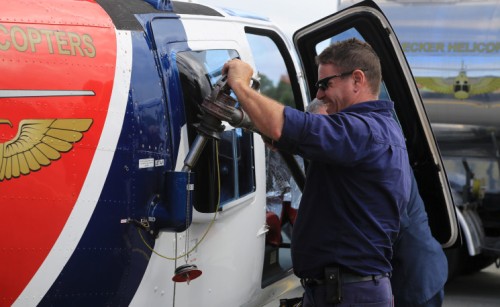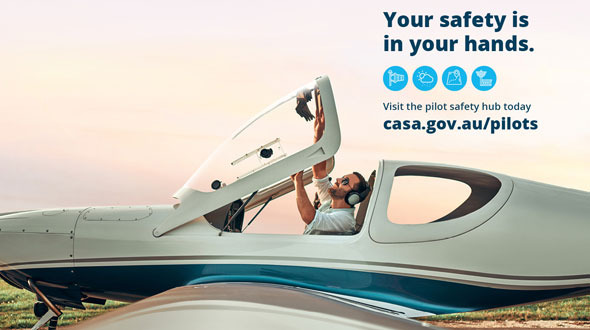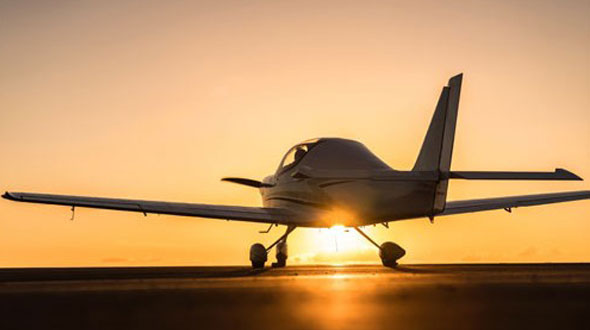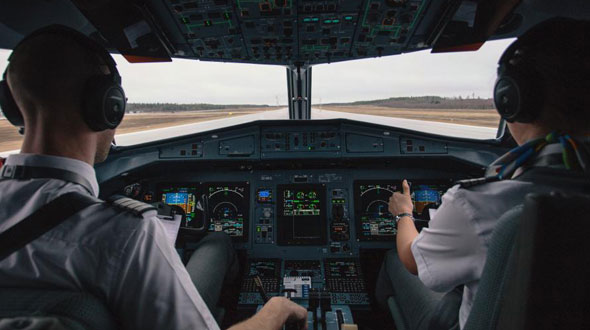Article supplied by CASA. The review of Southport airspace commences. The Civil Aviation Safety Authority (CASA) is reviewing the Gold Coast airspace in which two helicopters tragically collided in January.
CASA is seeking direct feedback from pilots and operators separate to the Australian Transport Safety Bureau (ATSB) investigation into the Sea World Helicopters accident on 2 January.
An initial review of the airspace has not indicated there are any safety issues relating to airspace arrangements, but this broader work will seek input from airspace users and operators.
‘While there’s no indication at this stage that airspace design played a part in this devastating accident, we want to make sure we’ve given all pilots and airspace users the opportunity to provide their views on airspace arrangements,’ CASA Branch Manager Air Navigation, Airspace and Aerodromes, Adrian Slootjes, said.
‘The first stage of this work involves collecting data to inform a formal airspace review.
‘We’ve had people on the ground last week observing operations and talking to operators. This will be used alongside information we receive through our broader consultation activities.
‘We want all pilots and operators that fly in this area to let us know about their experiences.
‘We were greatly saddened by this tragedy and our condolences go to the families of all those involved.’
Data will be collected to help CASA analyse aircraft operations, aircraft landing areas, helicopter landing sites and the surrounding airspace. This will be used to inform a formal airspace review.
The accident is subject to an Australian Transport Safety Bureau (ATSB) investigation that is anticipated to be completed in the second half of 2024.
‘We will also be cooperating with the ATSB as it continues its investigation,’ Mr Slootjes said.
‘Should any new or additional information become available through that investigation we will take immediate action and consider it alongside our own work.’
CASA approved a new Head of Flying Operations for Sea World Helicopters and worked closely with the operator to review procedures and operations in April 2023.
The ATSB investigation means it is inappropriate for CASA officials to comment further.
Editor’s note: Pre-recorded news grabs suitable for use on television and radio are available on Google Drive. The grabs are given by Anthony Nugent, section manager Office of Airspace Regulation, Civil Aviation Safety Authority.





